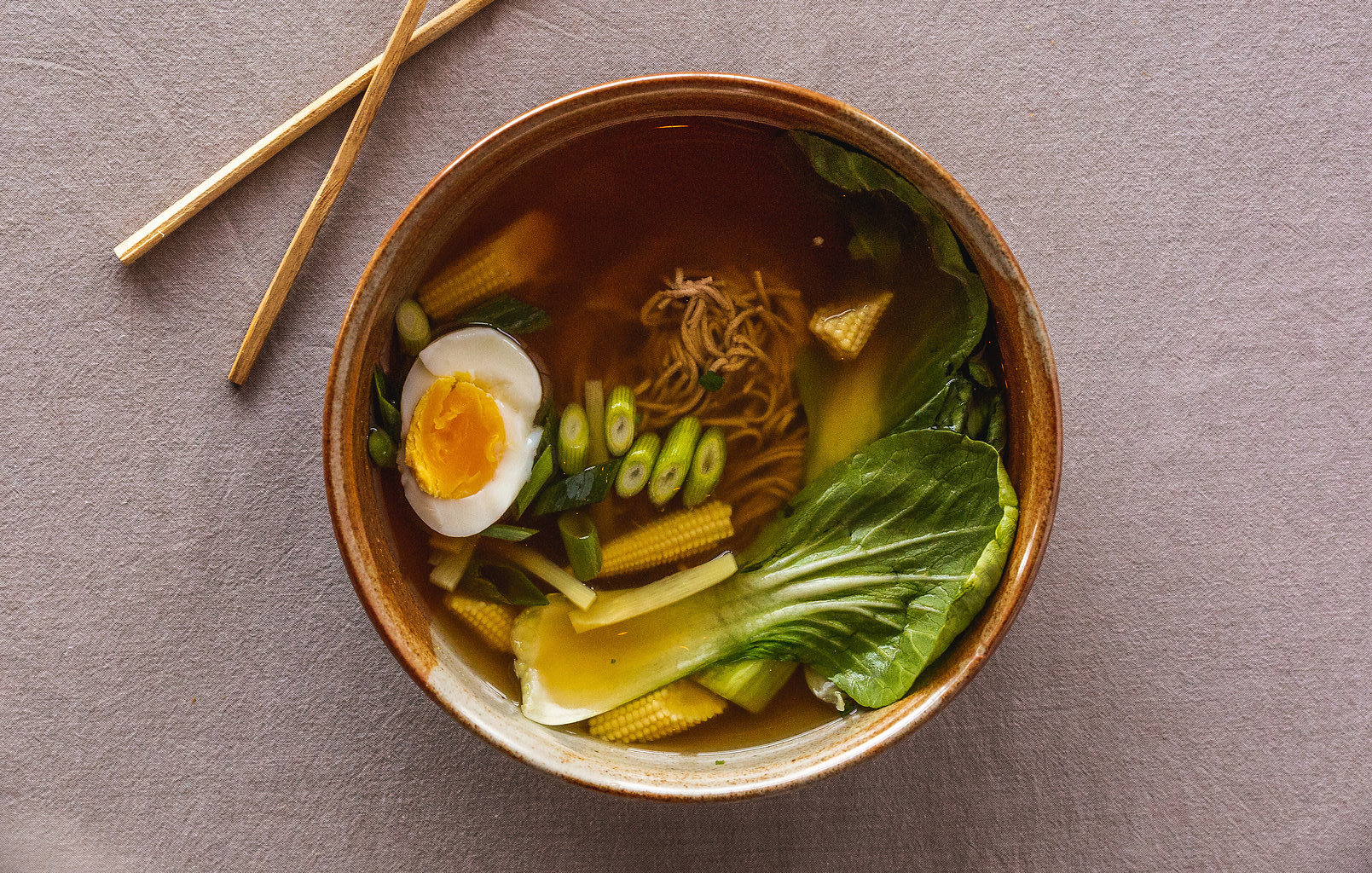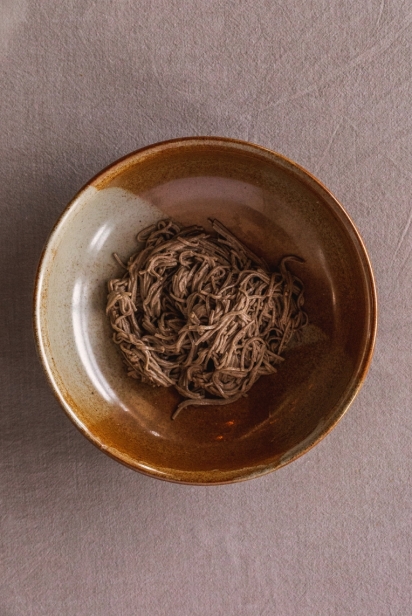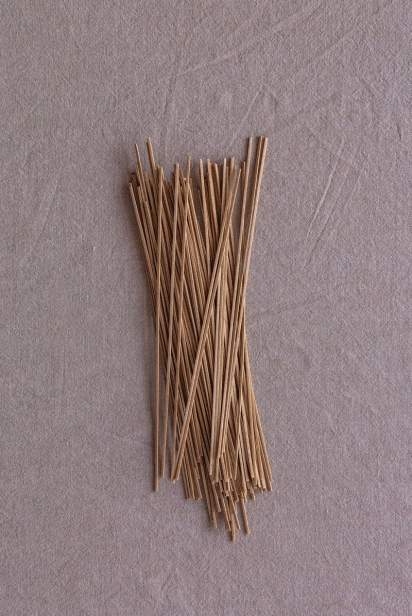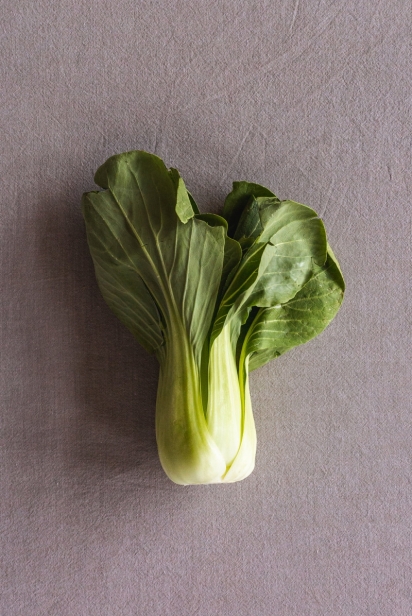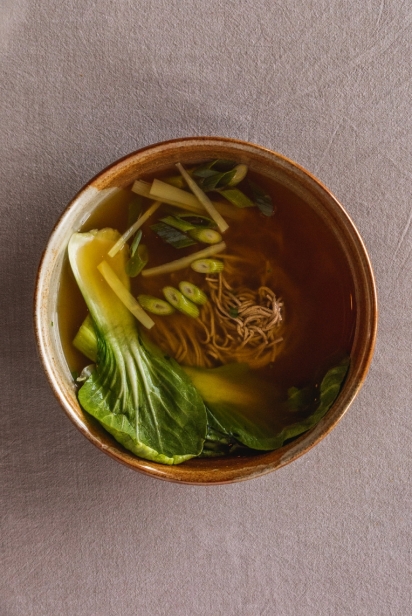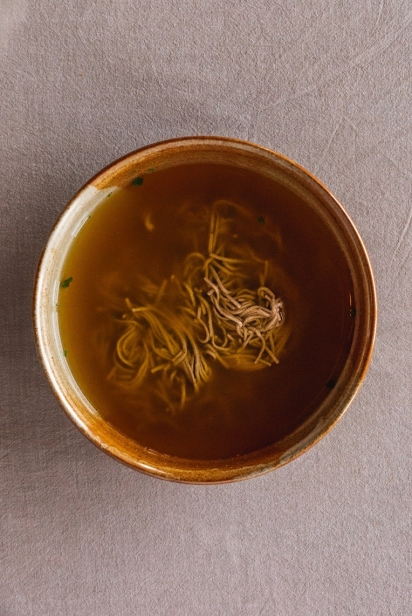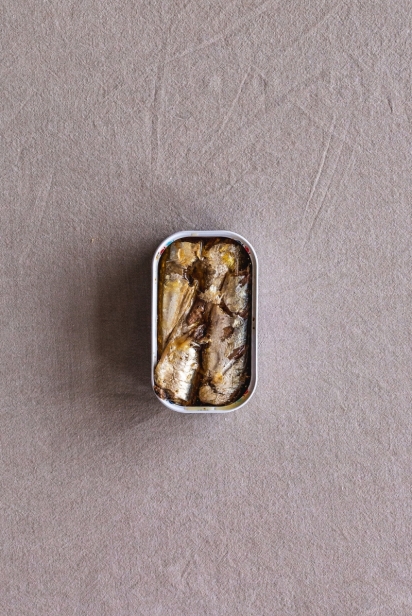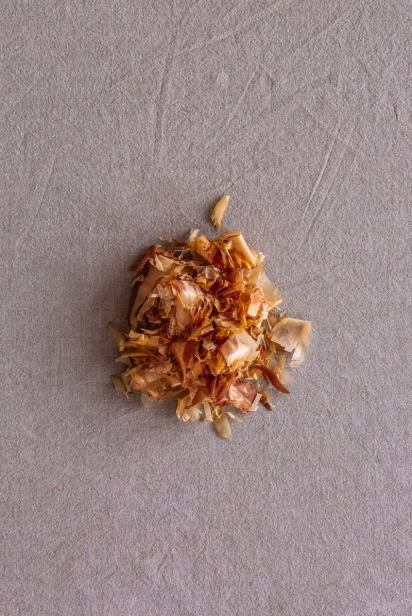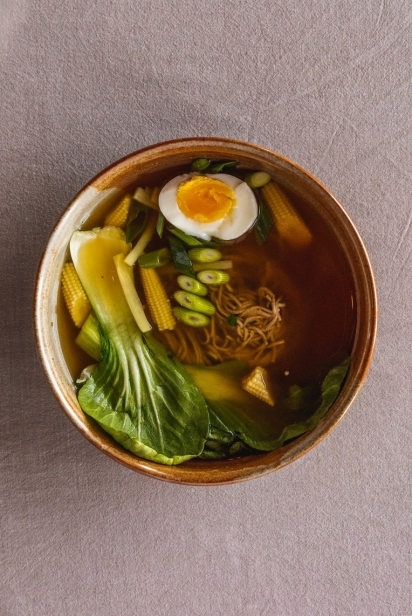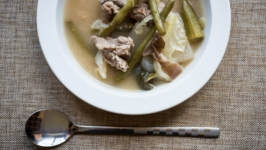Deconstructing Ramen
At its core, ramen is comfort food, a concept Southern eaters should have no trouble getting behind. So it comes as no surprise that the ramen boom in America has taken root in the South and, in some cases, is becoming a thing of its own. Area restaurants touting contemporary Southern cuisine have their regionally inspired spins. Sometimes, however, true ramen is best enjoyed in ramen shops where the most infinitesimal details are obsessed over and practiced ad nauseam until perfected in ways sometimes discernible by only the most experienced of diners.
Having originated his concept in Gainesville, owner Fred Brown and his team opened Crane Ramen in Jacksonville, taking a traditional approach to this celebrated dish. Here's a basic guide to understanding ramen and how best to enjoy everyone’s new favorite bowl of soup du jour (sorry pho).
THE 5 ELEMENTS OF RAMEN
If there’s a philosophy to ramen, it’s about being meticulous in the pursuit of balance. These are the five basic elements that make up the soup and what they contribute to each bowl.
NOODLES
Let’s be honest, there would be no ramen without ramen noodles. These Chinese-style noodles get their signature bounce and flavor from kansui, an alkaline solution. The best bowls of ramen match the perfect combination of noodle length, bite, bounce and flavor to the specific soup. Many Japanese ramen shops specialize in making the soup, leaving the actual noodle making to the noodle masters. Here in the U.S., most shops get theirs from Sun Noodle, who Brown credits as facilitating the ramen boom in America.
BROTH
What most people consider the star of the show is quite possibly the least impressive on its own. Ramen broths are unseasoned as they are and generally pretty light on aromatics. “It’s literally just the pure essence of the chicken, pork, seafood or whatever you use as the base,” Brown said. The importance of its role in the broader affair however, is undeniable. It brings warmth and body to the soup while serving as a vehicle to unite and balance all the other elements. Great broth is simmered until it becomes gelatinous, due to collagen being dissolved, which then provides that soothing yet fatty mouth coating feel.
TARE (pronounced tah-reh)
Much of the flavor associated with ramen comes from tare, the concentrated seasoning base that brings all broth to life. Tares are named for the source of their saltiness but the variations to each are as numerous as the shops that make them. The most common tares are shio (sea salt), shoyu (soy sauce) and miso (fermented soybean paste).
FAT
Lovingly ladled on the surface of every bowl of ramen worth its salt is a slick of oil, butter or fat that has been flavored with aromatics such as garlic, bonito flakes or straight up MSG (don’t hate). Fat is the most efficient and effective carrier of flavor. When it hits warm broth, it gets excited (as do we), and releases strong waves of aroma that contribute to the overall sensory experience in a powerful but subtle way. It also lends mouthfeel to the soup and slip to the noodles.
ACCOUTREMENTS
Although the most celebrated in today’s visually obsessed culture, the meats, veggies, pickles and various condiments that decorate the bowl are arguably the least important element of ramen. That isn’t to say they aren’t meticulously chosen for their contributions to the balance of the bowl, just that they serve more to enhance the experience than provide any foundational support. The primary purpose the combination of accoutrements serves is to fine tune the broad strokes painted by the other elements.
COASTAL INFLUENCES
Although steamy bowls of tonkotsu ramen make us think of long-simmering pork bones, ramen is more closely connected with the coast than one might think. “Japan is an island nation, so everything comes from the sea,” Brown said. That being said, the Japanese have a slightly different relationship with it than we do. Here’s a quick guide to the uniquely Japanese flavors of the sea found in ramen.
KATSUOBUSHI (BONITO FLAKES)
Dried, fermented and smoked tuna shaved into flakes that add funky, fishy umami to the dashi (stock or broth) used in both the shio and shoyu styles. Savory umami, considered the fifth taste after salt, sweet, sour and bitter, is associated with foods containing glutamic acid (think MSG).
KOMBU
The other half of dashi, kombu is hard, leathery pieces of dried kelp that resemble seaweed jerky and add their own brand of umami to the broth.
NORI
The same kind of seaweed found in seaweed snacks and used to wrap sushi rolls. Let it hang out and flavor the soup, then gobble it up.
SABA OIL
Saba is mackerel that has been cured in salt and vinegar whose oil is used to lend an unctuous, aromatic quality to the chicken fat on the surface of Crane’s shoyu.
RAMEN ETIQUETTE
One would never consider Brown a soup nazi, but there is a “proper” way to consume his soup. Ramen etiquette is all about enhancing the sensory experience, so his advice is worth heeding. Get the most out of every bowl by following these four simple rules.
• Get your nose in there. One of the most under-appreciated elements of ramen is the aromatic fat that layers the top of the bowl. Pause for a few seconds (but no more) to savor the aroma before digging in.
• Shut up and eat. Ramen is at its peak the moment the noodles hit the broth so every moment wasted yields diminishing returns. Order some celebratory rounds of sake for chit chatting over later, but for now, get to slurping.
• Don’t be shy, SLURP! Yes. One should literally slurp the noodles, and loudly. “Slurping aerates the soup, which expands the flavors like with wine,” Brown explained. See, there’s a method to this madness.
• DO NOT mix it all up. Brown is pretty insistent about this point. “Everything in ramen has a reason,” he explained. “You want to savor the flavors individually.” From there, it’s up to each diner to decide how best to enjoy them.
Want to test your ramen know-how and soup-slurping skills? Head over to Crane Ramen at 1029 Park Street, Riverside, Jacksonville for a bowl of something yummy.


